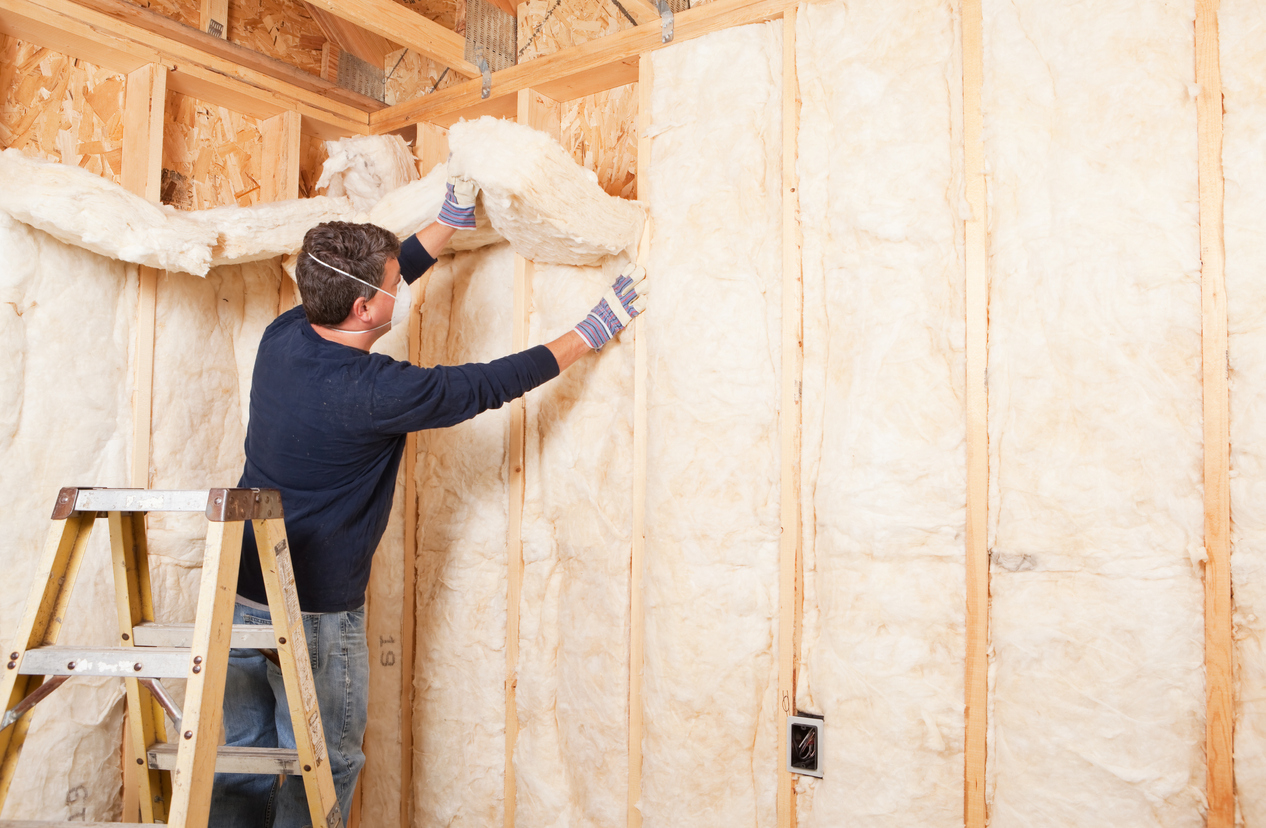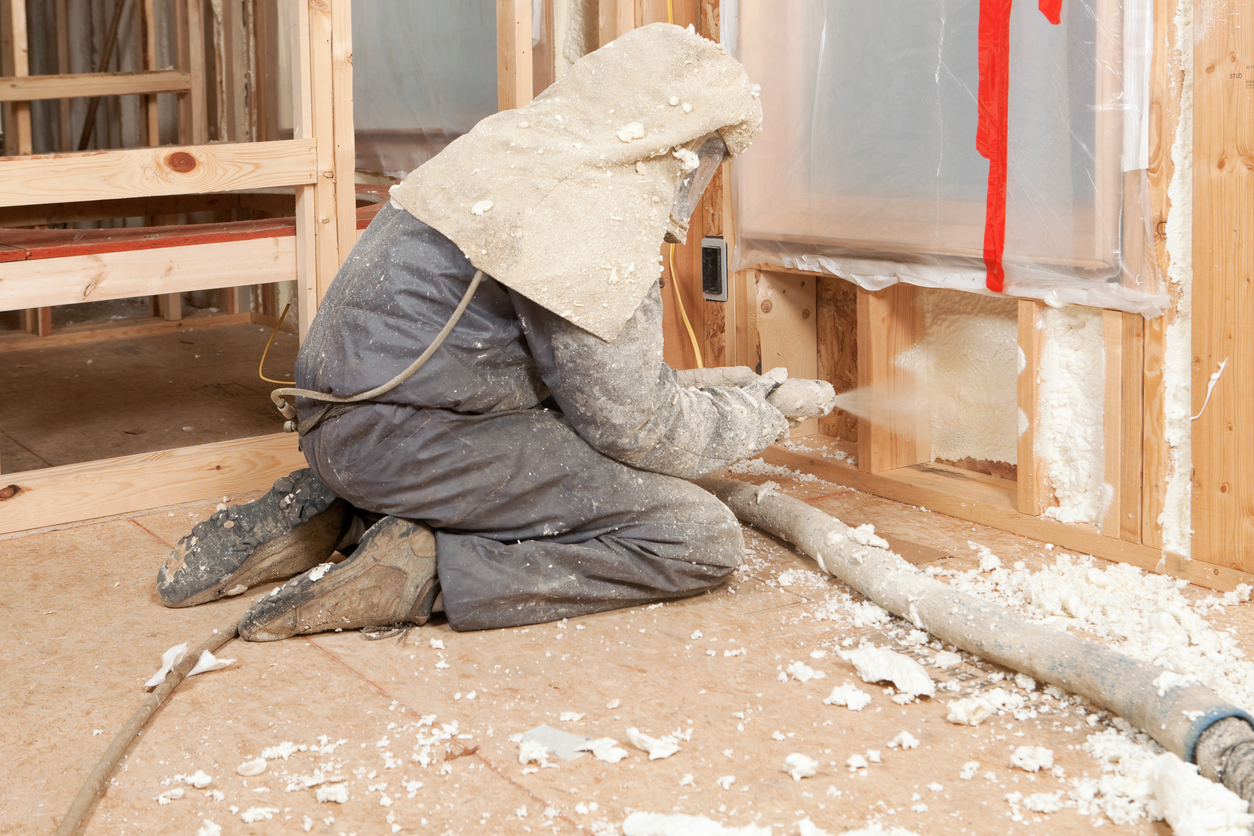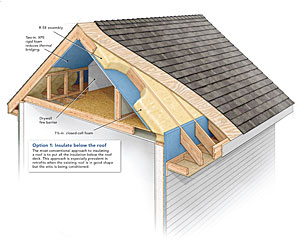Insulation is a rather exciting field. It’s something that is so integral to the building process that almost every layman at least knows the term, if not one or two different kinds of it. You know? There’s the pink, fluffy one and the white, crumbly stuff. But, that is just the tip of the iceberg when it comes to insulation.
Spray foam insulation contractors, for instance, use multiple types of insulation. They use spray foam, of course, but they may also use batt insulation or fibreglass matting. Each of these has advantages and disadvantages inherent to the style, but is one better than the other? Let’s find out!

Spray Foam
Spray foam insulation contractors use this foam insulation for its ease of application and other reasons. Typically, it is mixed in-line, meaning two separate components meet in the spray hose and rapidly begin to cure. This brings several advantages, including a quick pace to accomplish more work faster than other options.
Batt Insulation
Batt insulation is two separate materials. The first is fibreglass matting, which actually serves the purpose of insulation. Overtop of the matting is placed thin sheet metal, which serves the primary function of protecting the insulation from natural elements. It is a slower process than that used by spray foam insulation contractors but is more resistant to physical damage. Additionally, batt insulation is often more expensive than spray foam as there are more materials and labour involved in a successful installation.
Typical Uses for Insulation
With a basis of understanding for each type of insulation, the next step in the comparison is their typical usage. Spray foam insulation is often used in residential and commercial buildings and can be applied to walls, attics, basements or other areas.
By contrast, batt insulation is often used more in industrial applications. It is more heat resistant than spray foam, making it a great choice for large heat exchangers, process vessels and prefab buildings. Again, the cost of the product makes it an unwise choice in residential applications, but it’s still useful in other areas.

Which One is Better?
Choosing between spray foam and batt insulation is a relatively difficult thing to do. The benefits of each product are different when compared to each other, and the drawbacks make each of them suitable for different applications. Furthermore, regulatory standards for buildings often remove the decision from any one individual and mandate one option or another, depending on the application.
As a result, it is not a good decision to crown one “better” than the other. Instead, it is more prudent to suggest matching the product to the intended application and choosing on a case-by-case basis. And, when unsure about which option is right for you, make sure that you contact a qualified and professional insulation contractor to help you make an informed decision.

I am Scott Miller and my love is writing about home improvement. I write mostly about home ideas, but also share some tips and tricks that can make your life easier when it comes to getting things done in the house.











